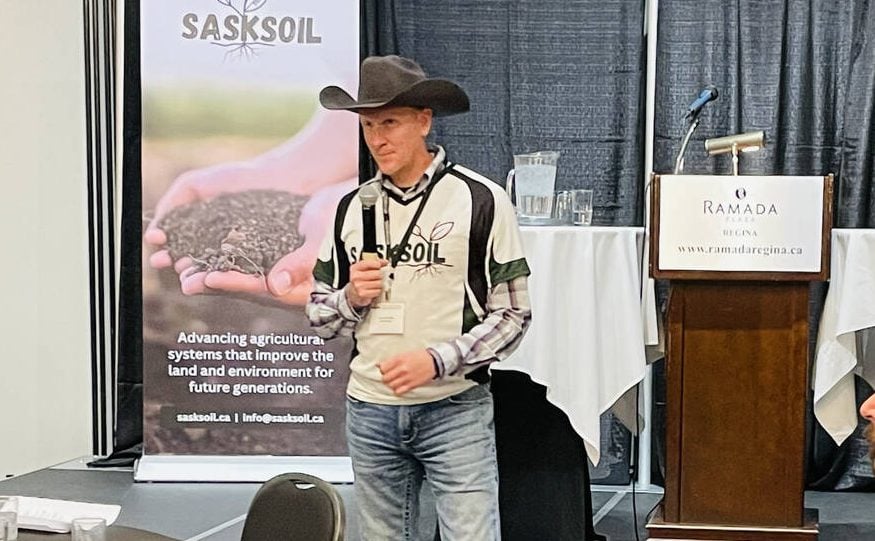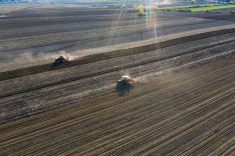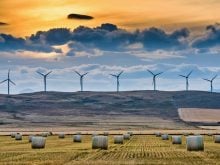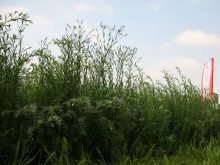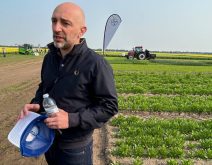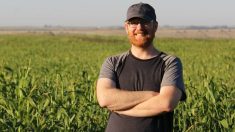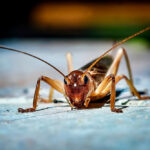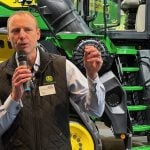Glacier FarmMedia — Ten years ago, Lance Walker and his family began integrating cattle into their fourth-generation grain farm near Borden, Sask., in an attempt to maximize the productivity of the farm based on its unique assets and design.
“We believe farming isn’t just about growing crops and raising cows, it’s about working with the land and leveraging its unique assets,” said Walker at the Saskatchewan Soil Conservation Association conference in Regina in mid-February.
“It was also about working with what we had,” he said, adding their farmland stretches out from a river and ranges from pastureland with low productivity to high-producing cropland.
Read Also
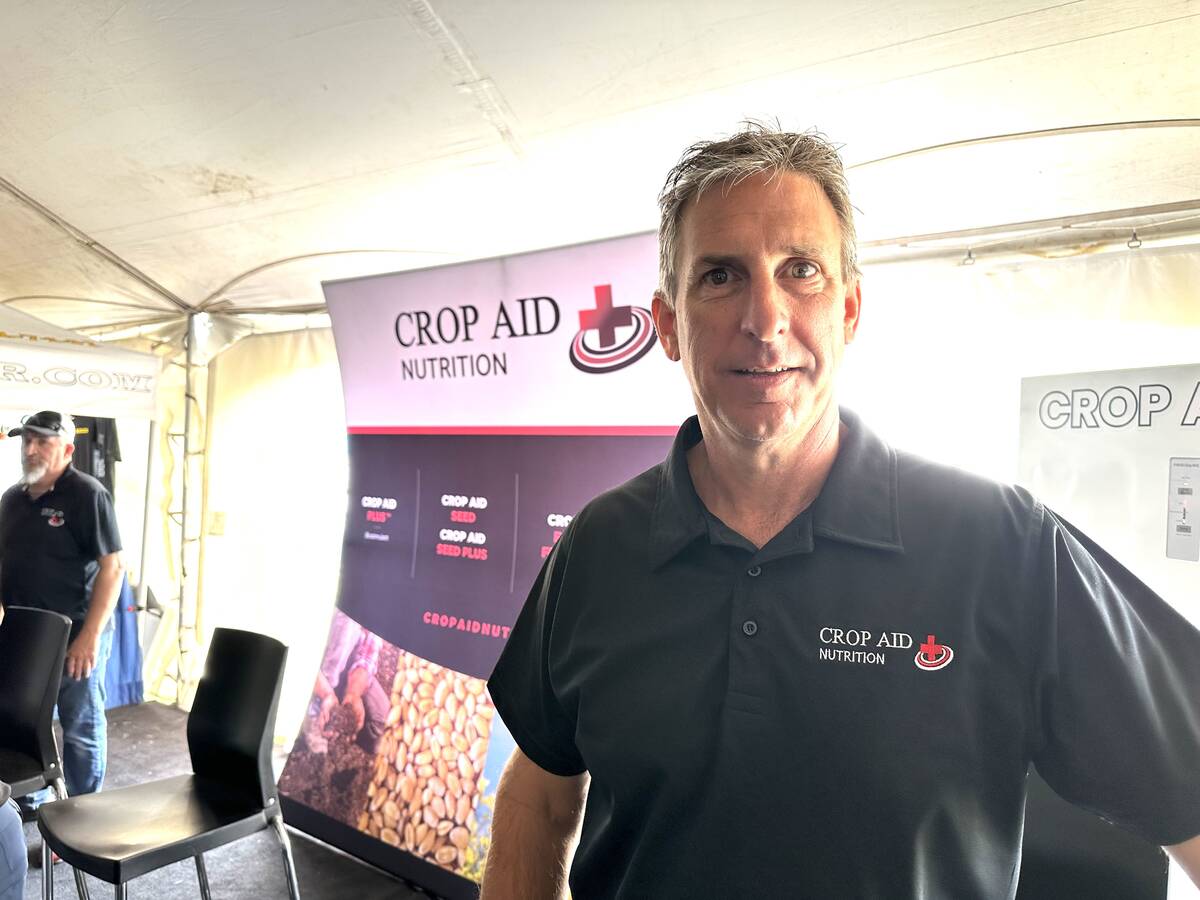
New soil treatment targets saline patches in fields
Crop Aid SS is a Saskatchewan-made spray that’s intended to help farmers manage saline soils by leaching salts away from the root zone.
“Our infrastructure and land base naturally lends itself to overlapping land use, allowing us to integrate not just land, but also equipment, labour, buildings, grain storage, cash and even credit facilities.”
He says they decided to integrate cattle to provide a natural cycle of regeneration, and he believes they have been successful in this and have achieved numerous other benefits.
For example, winter grazing has cut back on the need for costly infrastructure.
“We winter our cows on grain land, letting them graze on forage crop residue and cover crops. If you look down from above, a fenced quarter section resembles a feedlot pen without the cost and without the additional cost of hauling out manure and building fences, putting the biomass where you want it and especially focusing on those lighter areas of the soil.”
There are also benefits to fall grazing, he says, which uses grass, trees and cover crops, cleans up the tree rows and processes crop residue.
He says the cattle have also replaced some farm equipment, serving as bale processors, manure spreaders, stubble digesters and heavy harrows.
Ten years in, they are also seeing residual benefits in their fields, including increased biomass and better water retention and nutrient cycling.
Walker says they’ve also achieved their goals of maximizing land use.
“Not every acre should be seeded to cash crops. Some land is better suited for grazing, and cattle allow us to turn these acres into productive assets instead of economic burdens.”
For example, he says the farm previously had a 200-acre piece of high-saline land located within high-producing grainland, which they tilled and sprayed heavily each year. With the cattle integration, they changed their strategy, drilling perennial seed mix into the land with saline tolerant plants.
“The weeds came back initially, but we cut and baled it for three years, sometimes leaving it for fall grazing. Today, less than 10 per cent of that area has kochia and foxtail. This year, we harvested over 450 bales from that land, and the soil is coming back into balance.”
Beyond the benefits to the land, Walker says there have also been economic benefits, although those are harder to quantify.
“Very simply, we’re reducing our synthetic fertilizer inputs significantly,” he says.
“The cattle will also utilize all the things that would no longer get utilized, like the grass and the trees in the sloughs, any of the feed that isn’t human consumption.”
However, despite all the benefits the change has brought, Walker warns there was also a steep learning curve.
“Cattle can provide a natural cycle of regeneration, but only when managed properly.”
For his farm, proper management began with an honest assessment of the challenges and economic, agronomic and environmental opportunities that comes with new practices. He advises other producers thinking of making changes to do the same.
But overall, he believes long-term investments in regenerative practices will pay off in dividends if executed properly.
“Focusing on agronomics, economics and quality of life presents significant challenges but also offers incredible opportunities for growth and improvement,” he said.
“Every generation before us has had to adapt, evolve and innovate. We are no different. That’s why, on our farm, our vision statement reads to transform people, to innovate and regenerate agriculture.”

